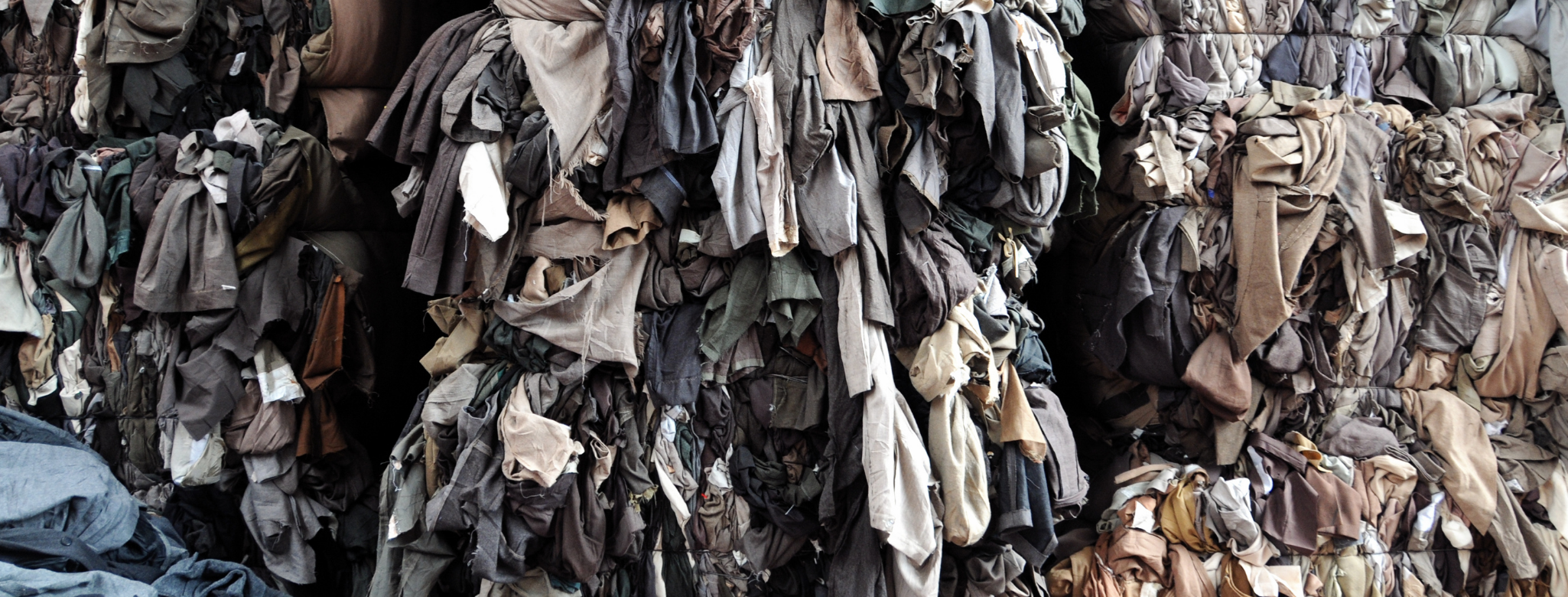Textiles End Up in Landfills

Consumers regularly dispose of clothing and garments due to various reasons, such as sizing issues, the need for tailoring or to keep up with ever-changing fashion trends. Majority of clothing and other textiles disposed of globally unfortunately end up in landfills, which are often not managed safely or sustainably. Consequently, the degradation and decomposing of natural fibers such as wool can generate greenhouse gases while synthetic fibers can remain unchanged for over 200 years and simultaneously release hazardous chemicals into the environment.
Facts
In the United Kingdom, almost 4% of clothing and household textiles collected for reuse or recycling is directed to landfill. The estimated cost to the economy of the United Kingdom each year is approximately GBP 82 million (EUR 89 million) regarding textile landfill waste management.
One garbage truck of textiles is dumped into a landfill or incinerated every second.
By 2050, it has been estimated that more than 150 million tonnes of clothing would be dumped into landfills or incinerated. Between 2015 and 2050, the weight of these clothes would accumulate to more than ten times that of today’s global population.
Australians buy an average of 27 kilograms of new textiles each year and discard about 23 kilograms to landfills; two thirds of this fashion waste are made of synthetic fibers.
The Swedish Chemical Agency KEMI estimates that the degradation of textiles in landfills accounts for the release of over 2,000 tonnes of hazardous colorants into the environment in the European Union each year.
Around 30% of clothing waste in the European Union goes to incineration.






